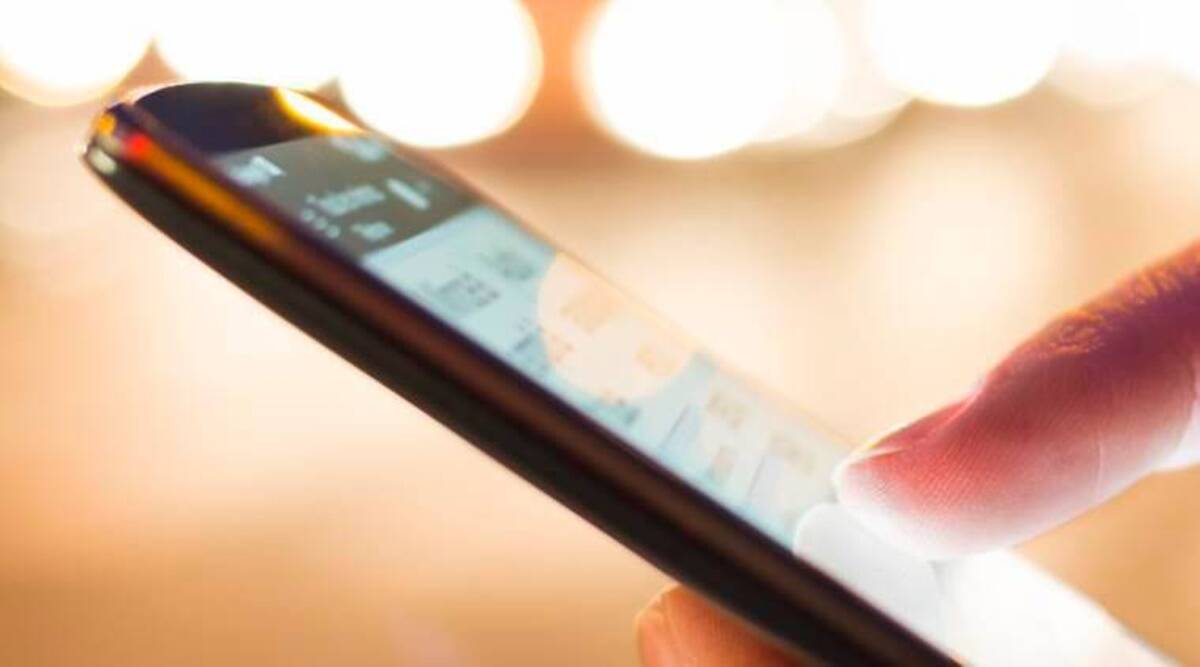Published on: December 29, 2021

DIGITAL PUBLIC GOODS
DIGITAL PUBLIC GOODS

WHAT
Digital public goods are public goods in the form of software, data sets, AI models, standards or content that are generally free cultural works and contribute to sustainable national and international digital development.
SCENARIO IN INDIA
- India is pioneering the concept of digital public goods that enhance the ease, transparency and speed with which individuals, markets and governments interact with each other.
- Built on the foundation of Aadhaar and India Stack, modular applications, big and small, are transforming the way we make payments, withdraw our PF, get our passport and driving licence and check land records, to name just a few activities.
- Children have access to QR-coded textbooks across state boards and languages, the economically disadvantaged have access to the public distribution system and beneficiaries of government schemes have money transferred directly into their bank accounts.
BENEFITS
- Less cost of setting up an open source-based high school online educational infrastructure
- Investments required for transporting digital public goods are minuscule in comparison and there is no chance of a debt trap.
- Short gestation periods and immediate, and visible impact and benefits.
- Plugs leaks
- Eliminates ghost beneficiaries of government services, removes touts collecting rent, creates an audit trail, makes the individual-government-market interface transparent and provides efficiencies that help recoup the investments quickly.
- Processes get streamlined and wait times for any service come down dramatically. Issuances of passports, PAN cards and driving licences are such examples.
- Productivity goes up and services can be scaled quickly.
- Benefits can be rapidly extended to cover a much larger portion of the population.
- Digital public goods infrastructure compounds while physical infrastructure depreciates. Compounding happens for three reasons.
- Growth of technology itself. Chips keep becoming faster, engines more powerful, and gene-editing technology keeps improving
- Network effect. As more and more people use the same technology, the number of “transactions” using that technology increase exponentially — be it Facebook posts or UPI transactions.
- Rapid creation of new layers of technology. For example, the hypertext protocol created the worldwide web. Then the browser was built on top of it, which made the worldwide web easier to navigate and more popular. Thousands of new layers were added to make it what it is today. To give an example, consider the surge in UPI-based payments in India.
- This kind of growth doesn’t happen with a few entitled and privileged people using UPI more and more; it happens with more and more people using UPI more and more.
- The use of Diksha, the school education platform built on the open-source platform Sunbird, has followed the same trajectory — today close to 500 million schoolchildren are using it. Taken together, compounding ensures that the digital divide gets bridged.
- Emerging economies are characterised by gross inefficiencies in the delivery of government services and a consequent trust deficit.
- Digital public goods spread speed, transparency, ease and productivity across the individual-government-market ecosystem and enhance inclusivity, equity and development at scale.
- India’s digital diplomacy
- Will be beneficial to and welcomed by, all emerging economies
- Will take made-in-India digital public goods across the world and boost India’s brand positioning as a leading technology player in the digital age.
- Enable quick, visible and compounding benefits for India’s partner countries and earn India immense goodwill.
- Will create a strong foothold for India globally to counter the extravagantly expensive, brick-and-mortar led Belt and Road Initiative of China.

